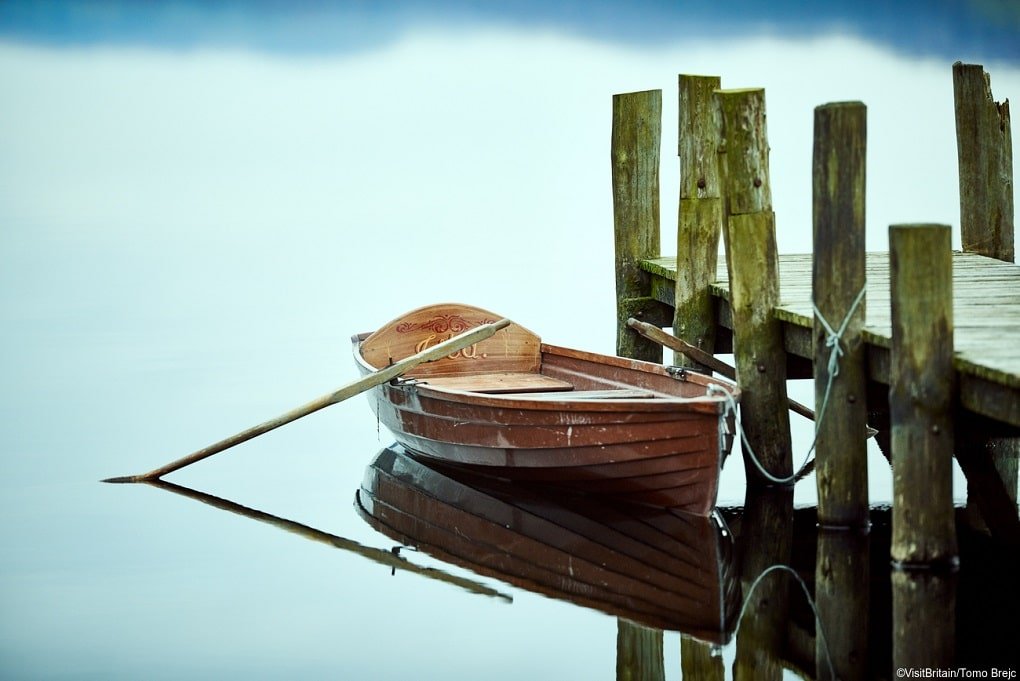
Much of Britain’s rich literary history uses the country’s magnificent landscapes as a backdrop. In this ongoing series, we look at the countryside that has served as inspiration for some of our most beloved works. An earlier installment explored the Lake District from the viewpoint of William and Dorothy Wordsworth. In this installment, we see the region from a different perspective.
Swallows and Amazons for-ever!
― Arthur Ransome
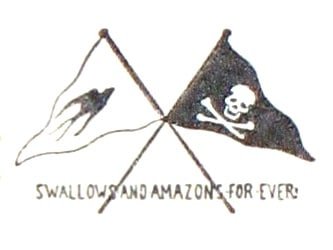 Arthur Ransome was born in Leeds in 1884. He attended school in Windermere before moving to Rugby School and then Yorkshire College (now the University of Leeds). Arthur abandoned university after just one year. He became a writer in London, working office jobs while cementing his position within literary circles.
Arthur Ransome was born in Leeds in 1884. He attended school in Windermere before moving to Rugby School and then Yorkshire College (now the University of Leeds). Arthur abandoned university after just one year. He became a writer in London, working office jobs while cementing his position within literary circles.
One marriage produced a daughter but ended in divorce in 1924. Soon after, he remarried. His second wife was Eugenia Shelepina, secretary to Leon Trotsky. They met while Arthur was in Russia as a foreign correspondent.
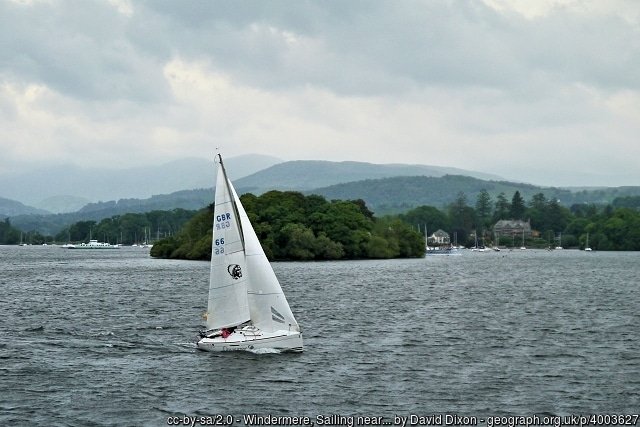
Link to the Lakes
As a child, Arthur spent many family holidays in the Lake District village of Nibthwaite on the banks of Coniston Water. He returned there frequently throughout his life, eventually settling in Haverthwaite. (If you visit, be sure to take a ride on The Lakeside and Haverthwaite Railway.) Of course, this is where he wrote and set his a number of his beloved Swallows and Amazons series.
Swallows and Amazons shares the adventures of the four Walker children and the two Blackett sisters. Together, they sail, camp, fight pirates, and solves mysteries on the lake’s islands. The names of the locations were all changed in the stories but dedicated fans know exactly where to go. Wild Cat Island is thought to be Peel Island on Coniston Water. Bowness-on-Windermere serves as Rio, and then there is Kanchenjunga, widely believed to be the Old Man of Coniston.
The sun set a golden cap on the head of Kanchenjunga, and the morning glow, creeping down, found out the creases and wrinkles in his old face almost as well as it does in winter when the sunshine makes every crevice and gully a blue shadow in the gleaming snow.
– Arthur Ransome, Swallowdale
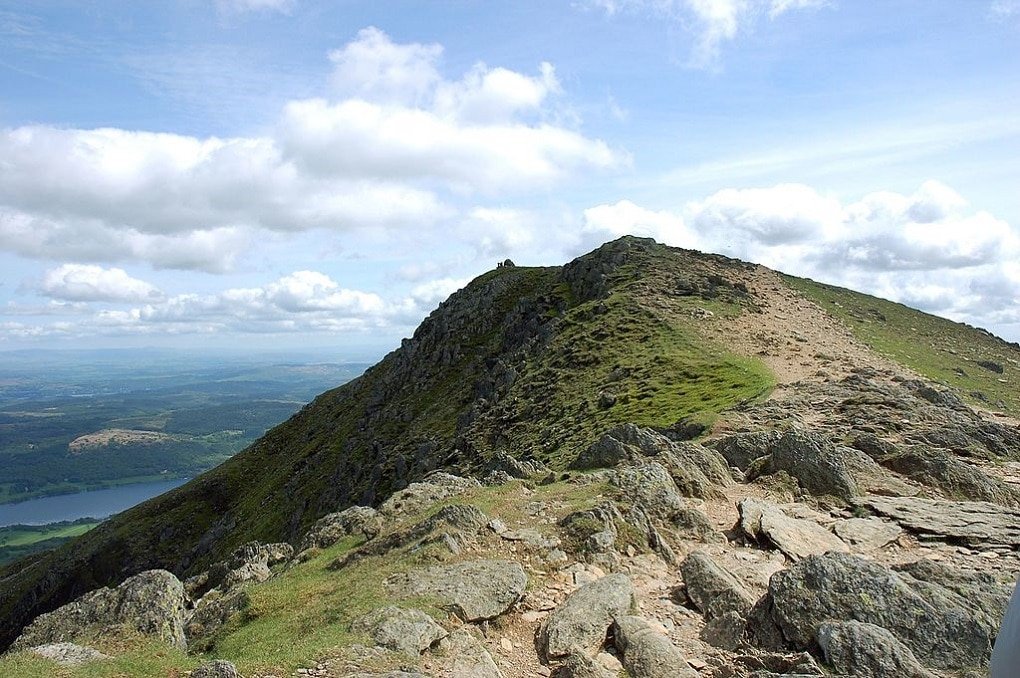
Setting Sail With Swallows and Amazons
The entire Lake District is full of opportunities for sailing but if you prefer a more experienced hand at the rudder, there are several ways of reliving your childhood. Coniston Launch operates a 90-minute guided Swallows and Amazons tour bringing Ransome’s tales back to life. In addition to seeing locations mentioned in the books, you will also see sites used in the various film adaptations.
Or you might choose a voyage on the Steam Yacht Gondola, carefully restored in the 1970s and in the care of the National Trust. The Gondola was one source of inspiration for Captain Flint’s houseboat. The other source was the Esperance, also lovingly restored and now housed at the Steamboat Museum in Windermere. Incidentally, Windermere and Derwentwater also provided a great deal of inspiration for the author so be sure to explore many of the local sites.
The island had come to seem one of those places seen from the train that belong to a life in which we shall never take part.
– Arthur Ransome, Swallows and Amazons
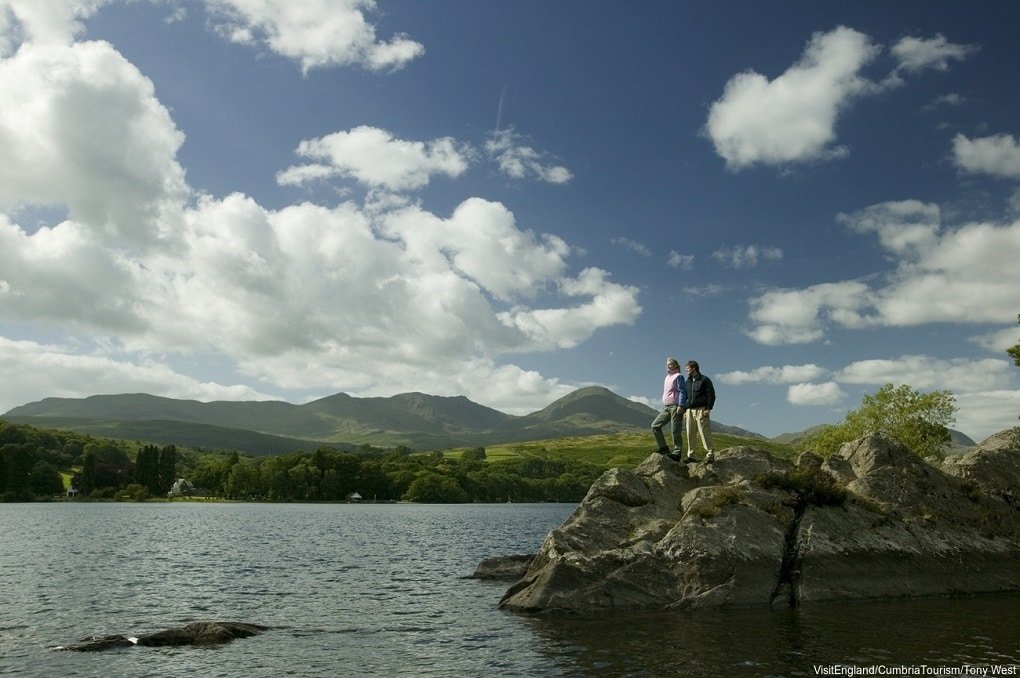
Arthur Ransome passed away in 1967. He and his wife are buried in the grounds of St. Paul’s Church in Rusland, located between Windermere and Coniston. The couple fell in love with the spot after coming across it in the 1950s. Ransome is said to have found it “one of the most peaceful places on Earth.”
A reconstruction of Ransome’s study. complete with his typewriter, desk, and other memorabilia is on view at the Kendal Museum of Lakeland Life.
In the next installment, we will continue our exploration of Arthur Ransome’s Swallows and Amazons when we visit the Norfolk Broads.
